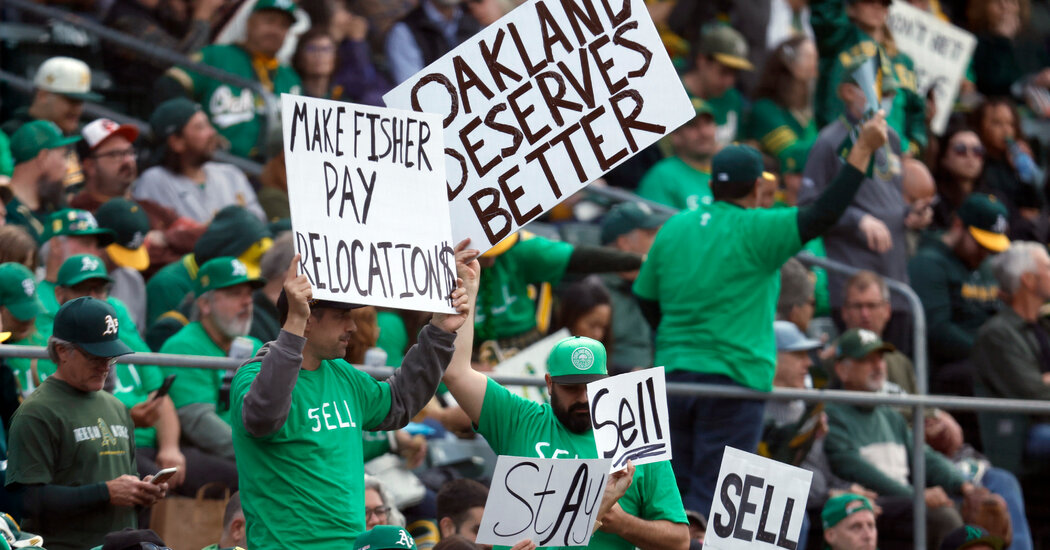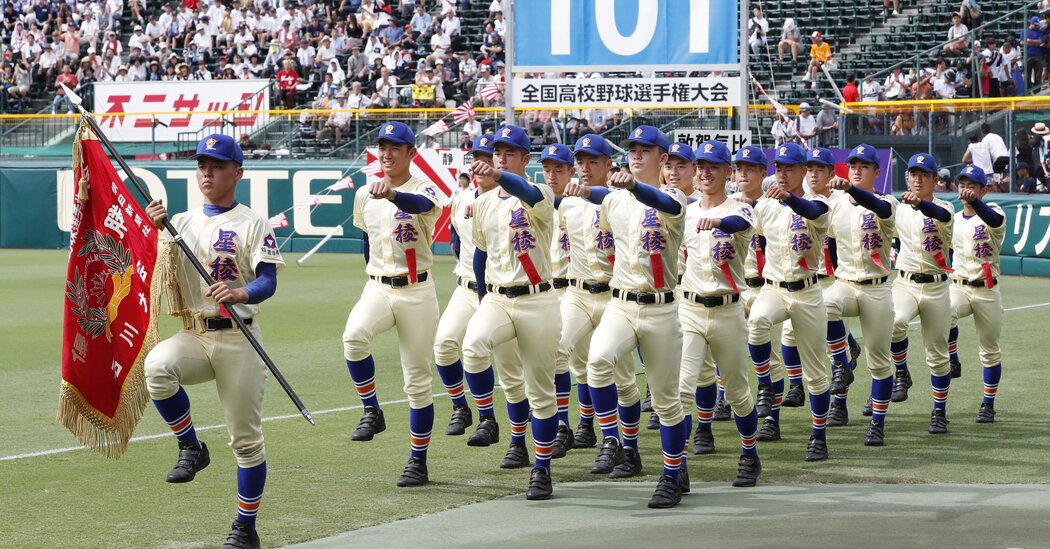The Strawberry Fields of Wimbledon
It was midmorning and the sun was still rising across the English countryside, but Shakhboz Yakhshiboev had been awake since the early hours. Against the backdrop of first light, Yakhshiboev had been making his way through one of the many 50-yard-long polytunnels that were his assignment for these two weeks.
His hands appeared to blur as they ran across strawberry after strawberry, their plants all placed at shoulder height. Yakhshiboev’s fingertips squeezed and his eyes scanned each berry. Split-second judgments were required: Too large or too small? Ripe or not yet? Is the color just right?
To pick or not to pick?
Yakhshiboev, 30, a seasonal fruit picker from Uzbekistan, is part of a 32-person team that, for the duration of Wimbledon, has been the first link in a chain that brings fresh, British strawberries from Hugh Lowe Farms in Mereworth, Kent, to be eaten at the two-week Grand Slam tournament held roughly 30 miles away.
A serving of strawberries and cream has become as synonymous with Wimbledon as a Honey Deuce cocktail at the U.S. Open in New York or a pimento cheese sandwich at the Masters Tournament in Augusta, Ga.
Strawberry sales at Wimbledon have risen from 140,000 servings in 2016 to a record 249,470 last year, according to tournament organizers, with around 10,000 liters of cream used to coat them. During this year’s tournament, more than two million strawberries are expected to be served, with many being eaten within 24 hours of being picked.
That translates to about three metric tons of strawberries that need to be picked every day — or, in terms of speed, one (correct) strawberry picked every two to three seconds during a picker’s shift, according to the farm.
Yakhshiboev and his fellow pickers on the farm hail from countries such as Romania, Lithuania, Portugal, Ukraine, Poland and Australia.
“I think one of the nice things is that tennis is such an international sport, and everyone knows the Wimbledon championships,” said Marion Regan, 62, the managing director of Hugh Lowe Farms. “We don’t have to do an awful lot of explaining to our pickers and workers about how important this is. They get it. They know it.”
But the fruits themselves, which tend to be borne in June, also hold a wider evocation among many Brits, who for centuries have associated strawberries’ scent and taste with the start of summer.
References to strawberries in Britain trace back to at least the 16th century, according to Samantha Bilton, a food historian who has written about strawberries for English Heritage, a charity that manages hundreds of historical buildings and monuments. Back then, a small, wild variety of the fruit was picked fresh in the country’s woodlands and hedgerows, and enjoyed at banquets with sugar and spices that were unavailable to the lower classes.
Such additions — including cream — overcame an opinion from the Tudor period that eating wild fruit was dangerous, and as the popularity of strawberries grew, so too did their romanticism within literature. References to strawberries can be found in the works of Sir Francis Bacon from 1625, in Shakespeare’s “Richard III” and in Jane Austen’s “Emma.”
“When they are in season, they are the most glorious thing,” said Bilton, who explained that the larger, modern British strawberry can trace its roots to the 19th century, when horticulturalists experimented with bigger, juicier fruits that had originated from those imported from overseas.
It was this kind of strawberry that was first cultivated in Kent by Regan’s great-grandfather, Bernard Champion, in 1893. They were picked fresh in the morning and transported by horses to Covent Garden Market, in London, to be sold later that day. Across the city, at the All England Club, strawberries were also making inroads as the snack of Wimbledon’s annual tennis championships.
Today, the tournament’s multimillion-strawberry operation is somewhat of a supercharged version of Champion’s approach, one that not only involves same-day transportation from the farm to the point of sale in the capital, but also uses bar codes and tracking, temperature control and vibration monitoring.
“Marion’s an authority on strawberries,” said Perdita Sedov, the food and beverage director at Wimbledon. “What she doesn’t know, I’m not sure anyone does.”
Hugh Lowe Farms became the sole provider of Wimbledon’s strawberries in the early 1990s, Regan said, before she took control of the 1,700-acre farm from her father, Hugh Lowe, in 1995.
The strawberries are planted across several dates between January and April — a staggered approach that keeps the farm covered whether spring’s warmth comes early or late. The variety of strawberry that is predominantly destined for Wimbledon — the Malling Centenary — is June-bearing, producing a large crop once in a short window, rather than everbearing, or cropping multiple times.
Regan and her team decide which of the farm’s 3,000 polytunnels of strawberries will be dedicated to Wimbledon a few weeks before the tournament, and they choose from among the roughly 800 seasonal workers for roles on the coveted picking operation.
This year, Yakhshiboev and his fellow pickers have been focusing on strawberries planted across 15 to 20 acres of land — a small section of the roughly 400 acres dedicated to soft fruit — where they have been searching for the perfect Wimbledon strawberries. According to Regan and Wimbledon staff, these can’t be too large, so the right number of them (10) will fit into a Wimbledon punnet. They should have red shoulders and no white under the green leaf. The strawberries can’t be too soft, and they must have a good texture. (Fruits that don’t meet the standard may still be used in the likes of jams or gins affiliated with the tournament, to save on waste.)
Selected strawberries then make their way through the farm’s packing center, where each bar-coded batch can be scanned to offer feedback to pickers. The fruits are then chilled, weighed and packed.
At around 5 a.m., a truck collects that day’s Wimbledon order, with Regan and her team able to add monitors for temperature and vibration that they can track back at the farm.
On the second Monday of the tournament, about 170,000 strawberries entered a loading bay under No. 1 Court before 9 a.m. They were then taken through a series of tunnels and across the grounds to a preparation area affectionately known as Strawberry Central, tucked beneath Centre Court. There, while classic rock played on the radio, the day’s fruits were hulled by members of a 30-person crew that rotates between 8 a.m. and 11 p.m.
By 10 a.m., concessions were beginning to open, and just after midday tennis fans were lined up beneath a large sign that read simply, “Strawberries & Cream.”
On an adjacent deck, Kate Daly, 34, and Jarlath Daly, 42, from County Tyrone, Northern Ireland, sat enjoying their first visit to Wimbledon and their first taste of the snack before heading to No. 1 Court. A few feet away, friends Sally Fitzpatrick, 26, and Phoebe Hughes, 25, from London, had been to the tournament before. They knew the drill.
“There’s just that nostalgia,” said Hughes, holding a red cardboard punnet of fresh strawberries, coated in cream, which have been priced at 2.50 pounds — or a little over $3 — since 2010. “You just have to do this when you come to Wimbledon.”
Back in Mereworth, Regan got her tennis updates from her son, Ben, as managing her farm and its most well-known customer often rolls into the evening. Yakhshiboev’s shift finished around lunchtime, but the next morning, he would be joined again by the drivers, the weighers, the packers and the washers, the carriers, the hullers, the sellers and the buyers, ready for their part in these strawberries’ journey from seed to Centre Court.
“It’s a long old day, and it starts early — and it’s a seven-day-a-week thing,” Regan said. “But the rewards are that you’re producing something that people really love. Everybody loves strawberries, so it sort of makes the long days worthwhile.”


